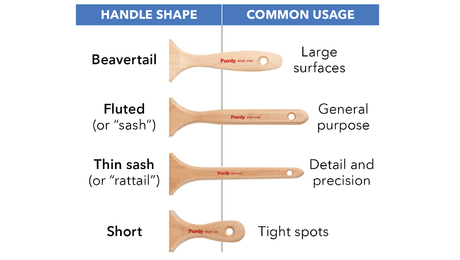Historic home roof insulation
Hello! I’m in a bit of quandary here in regards to how best to approach insulating the roof of my 1842 brick home.
Simply put, we have a third story that we don’t use. We don’t use it because it is in a state of disrepair. It has been on the project list for years and my wife and I have decided to get serious about it this year. I have plans to renovate it, not as a living space but as a clean and comfortable area for storage and space for my wife’s various crafts. The current roof system is as follows: typical a frame, rafters, purlins, original cedar shakes nailed directly to purlins, standing seam metal roof applied directly over original cedar shakes. No roof insulation. I’m not sure when the metal roof was installed, but I have to assume it’s old. No ridge vent, no soffit vents, no roof box vents, no gable vents, no venting whatsoever. How can I insulate this? I’ve read plenty of things online regarding this issue, I’ve spoke with my local building inspector, a residential architect, and the cedar shake bureau technical rep. The idea of not installing vents and applying closed cell foam to the underside of the original singles (possibly with a contact barrier in between) is debated. Some say you can, others say you can’t. My options are to explore this route (waiting to hear back from a reputable insulation contractor) or to have a ridge/soffit system installed and use fiberglass batts. Historic preservation is very important to me. I would rather not use spray foam if I can find another option. The toxicity of it, the permanence of it, and the idea of spray foam against 180 year old rafters makes me cringe.
That comes to my second quandary. Current code in my area (NJ climate 4a) states roofs must be insulated to R-49. This can be achieved with fiberglass batts at 14” thick. As far as I know, my 180 year old roof rafters are 4-6” thick. There’s no way that could work. And I seriously do not want to extend my rafters by 10 inches – it would have a huge spacial and visual impact on the third story (sloped walls/knee walls and chimneys coming through). Even with closed cell foam, using the max allowable thickness of 4-5 inches (I believe) I would fall quite short. I’m looking at the NJ rehab sub code which I believe states an exception in my case – stating that if recommended R value cannot be achieved due to space constraints, fill the available cavities. Which I interpret as put as much insulation as you can in there. But, unfortunately the inspector may interpret it differently and state I “could” achieve this by undertaking more construction and increasing the depth of my rafter bays. I don’t care about meeting code requirements and hopefully the renovation sub code will excuse me from doing so. Furthermore, historic preservation and using traditional, or at least more natural products (mineral wool, havelock wool) is more important to me than energy efficiency. I like my old drafty house and noisy radiators just fine.
Any thoughts at all would be welcome!



















Replies
The easiest answer is to ask the inspector. View him as a resource. You probably can spray foam the roof. Now, there may be other reasons not to do that - for example, the global warming potential of the spray foam's components may in fact outweigh any carbon savings from the reduced heating and cooling loads. (https://www.finehomebuilding.com/2021/01/15/is-there-environmentally-friendly-spray-foam-insulation)
In my experience, roof venting does not tell the whole story. If you don't have a wet foundation, the need for roof venting is questionable. It does little to reduce cooling loads, and its main purpose is prevent moisture from condensing on the underside of the sheathing and causing rot. The source for the moisture, absent dumb mistakes like venting bath fans into the attic, is usually foundation moisture transported to the attic by the stack effect (https://www.finehomebuilding.com/2010/07/15/how-it-works-the-stack-effect) through bypasses in the framing. Fix foundation water issues and damp attics go away. Here's another link to a good piece on attic venting. https://www.finehomebuilding.com/project-guides/roofing/a-crash-course-in-roof-venting
This is timely: Check out this week's BS and Beer show. It's on roof venting. https://zoom.us/webinar/register/WN_KnxdjKNiTdq0ngN6rKgMbw
Awesome. Can’t wait
I was in the same quandary with my 1871 2 story farmhouse. Like my inspector told me, meeting code in a house that old runs into a lot on the inspectors interpretation.
To vent a roof or not to vent in an old house really needs a lot of factoring in the tightness of the house, roof structure, and a myriad of other factors.
Insulating the roof will almost always help unless there is a moisture issue. Which is the largest of all factors. Pink should never be used where there is a chance of moisture. Spray leaves another problem with locking in moisture that makes its way into the framing and sheeting. Mineral wool is more resistant to mold mildew and less effected by drying after wet conditions.
Lookup the following on FHB from issue 256
"Insulating Unvented Roof Assemblies"
Hope this helps